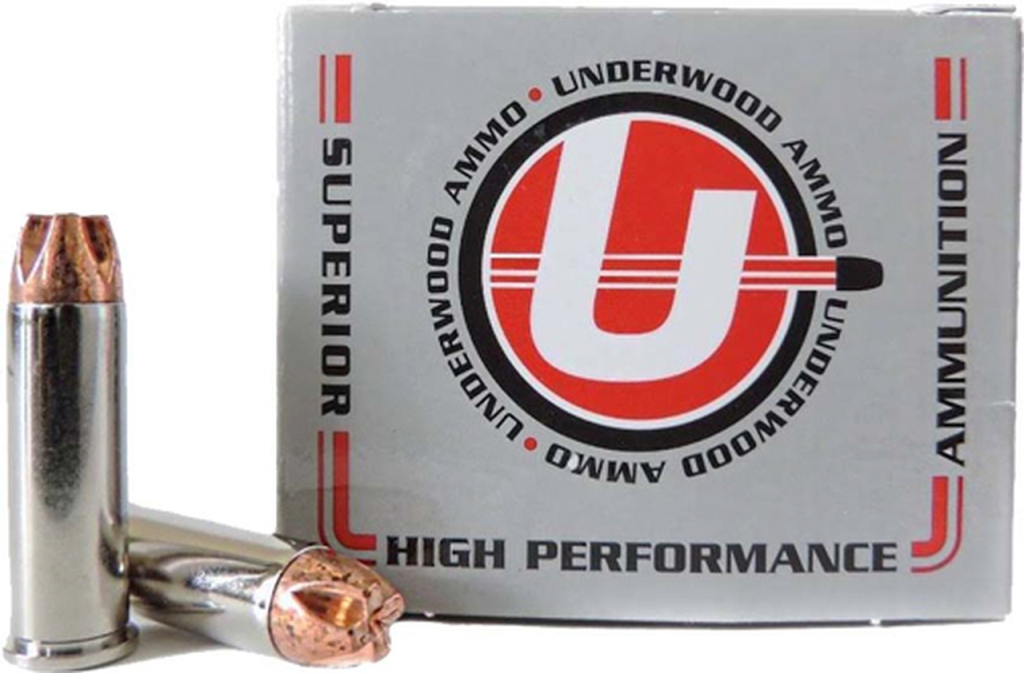Guns and ammunition are tools to be used for shooting. This is the fact that your ammo is only as good as its handler. It is you as the hunter who can make the shooting effective, no matter how best handgun ammo is being used. Still, there are certain factors to be pondered upon before choosing the best for you.
- Power of penetration
This is the primary factor in the decision of choosing handgun ammo. This is the amount of human energy and muscles to pass through the bullet. For instance, huge and heavy-grained bullets have a higher penetrating power. It inflicts enormous tissue damage and is the most favorable to stopping the target on its tracks.

- Permanent Cavity
It is referred to the size of the hole created by the bullet in the body. Every buckshot can leave a permanent cavity behind. This is measurable and clears the property that the bigger the permanent cavity or hole, the better is the stopping power.
- Kinetic Energy
In simple words, kinetic energy is the bullet’s energy shooting from the quietens of a firearm. Motion and acceleration of the bulk shotgun ammo cause it. These two aspects maintain the kinetic energy of the bullet until a change in velocity occurs.

It changes with the distance it travels. In a nutshell, this energy reduces during flight. This clearly shows that a bullet with a heavier grain moves faster. A bullet with stronger muzzle kinetic energy can impose more damage on the body. Factors that affect the motion of the bullet and the performance are design, weight, type, velocity, and distance. Handgun ammo does not have enough kinetic energy transferred to the adjacent body tissues.
All in all, permanent cavity wounds and penetration play an indispensable role in debilitating your target. These are the critical factors for handgun caliber users.


